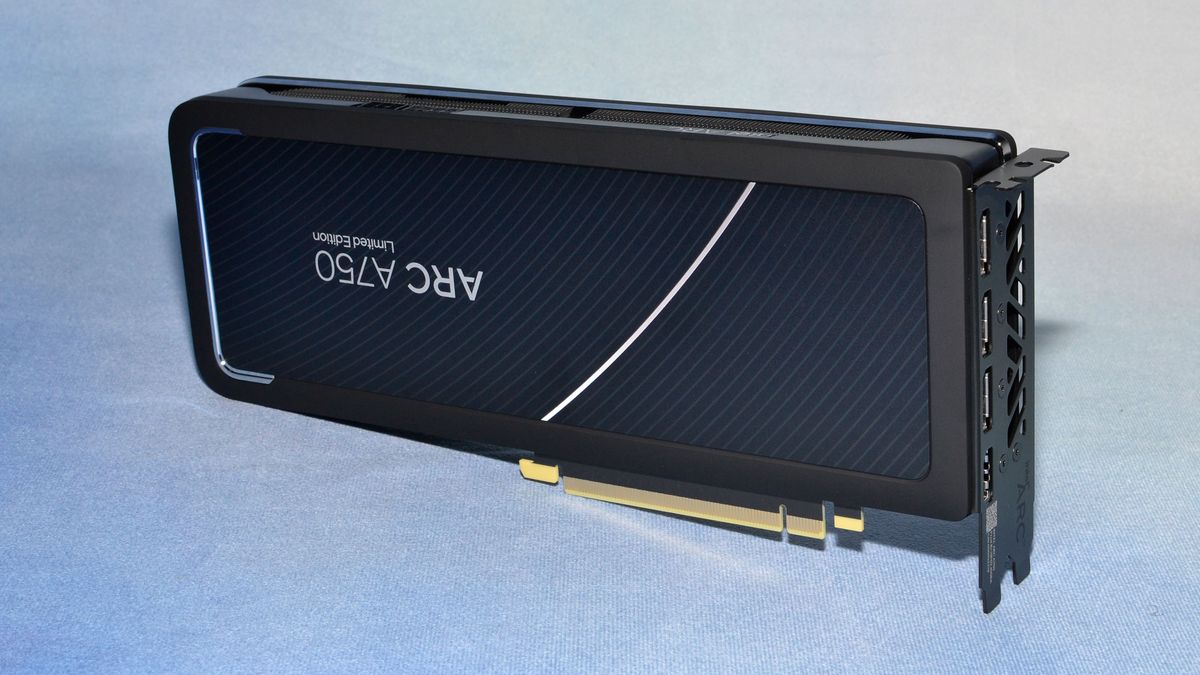LordOfChaos
Member

Intel details game-boosting frame generation tech that applies a different technique — ExtraSS uses extrapolation instead of AMD and Nvidia's approach that uses interpolation
Intel won't be left behind.
Intel is preparing to introduce its own frame generation technology similar to DLSS 3 and FSR 3, called ExtraSS (via WCCFTech). Detailed at Siggraph Asia in Sydney, ExtraSS is not just a clone of DLSS 3 or FSR 3: instead of using frame interpolation, it uses frame extrapolation. Although these two methods are very similar, extrapolation has some advantages that could set ExtraSS apart from its competitors.
On the whole, ExtraSS is pretty similar to DLSS's and FSR's respective frame generation technology. Intel has built on top of XeSS and makes use of motion vectors and spatial data to improve visual quality, but with extrapolation, the data used to make a new frame is very different. Instead of using two frames to create a new one to insert in between (that's the inter in interpolation), extrapolation takes just one frame to generate the new one.
The obvious disadvantage here is the lack of extra data to put into Intel's algorithm. Extrapolation requires a higher resolution input and could still result in lots of visual glitches and artifacts, as Intel admits in its white paper. However, the benefit is that there is a reduced latency penalty compared to interpolation, which has to delay frames so it can generate new ones (otherwise, they'd show up out of order).
Nice to see differing approaches being applied. The tradeoffs here may make sense, by reducing the latency penalty maybe it's better for lower framerates like for IGPs, boosting smoothness, where for example AMDs really only works above 60fps anyway because of the lag applied

